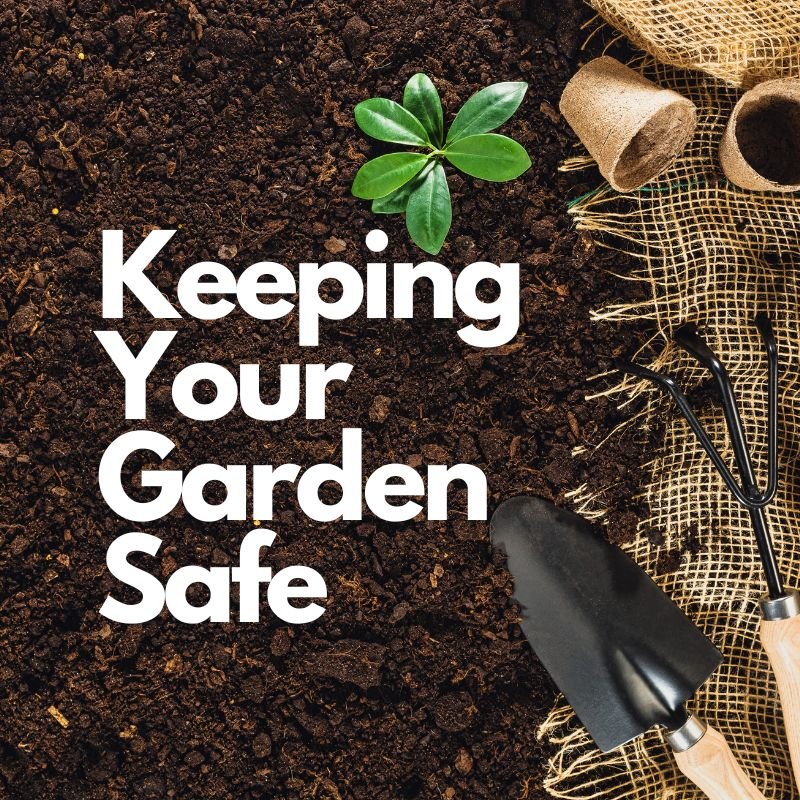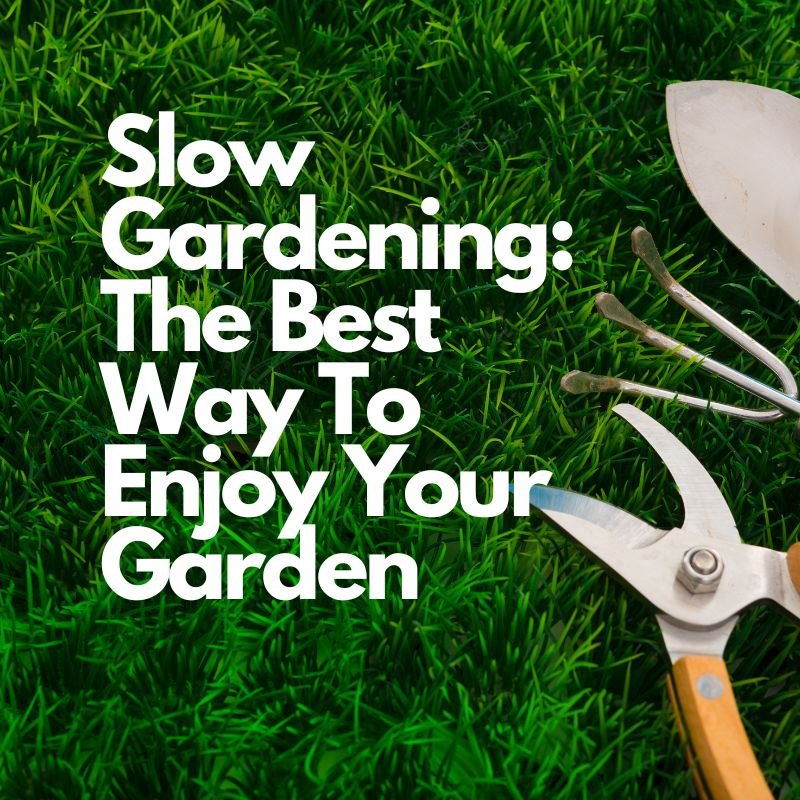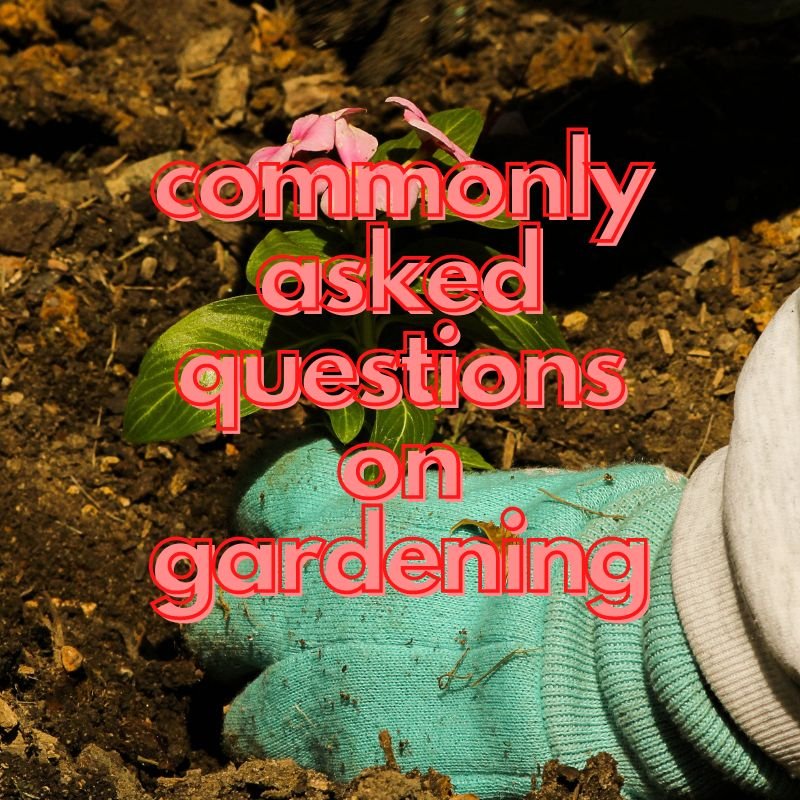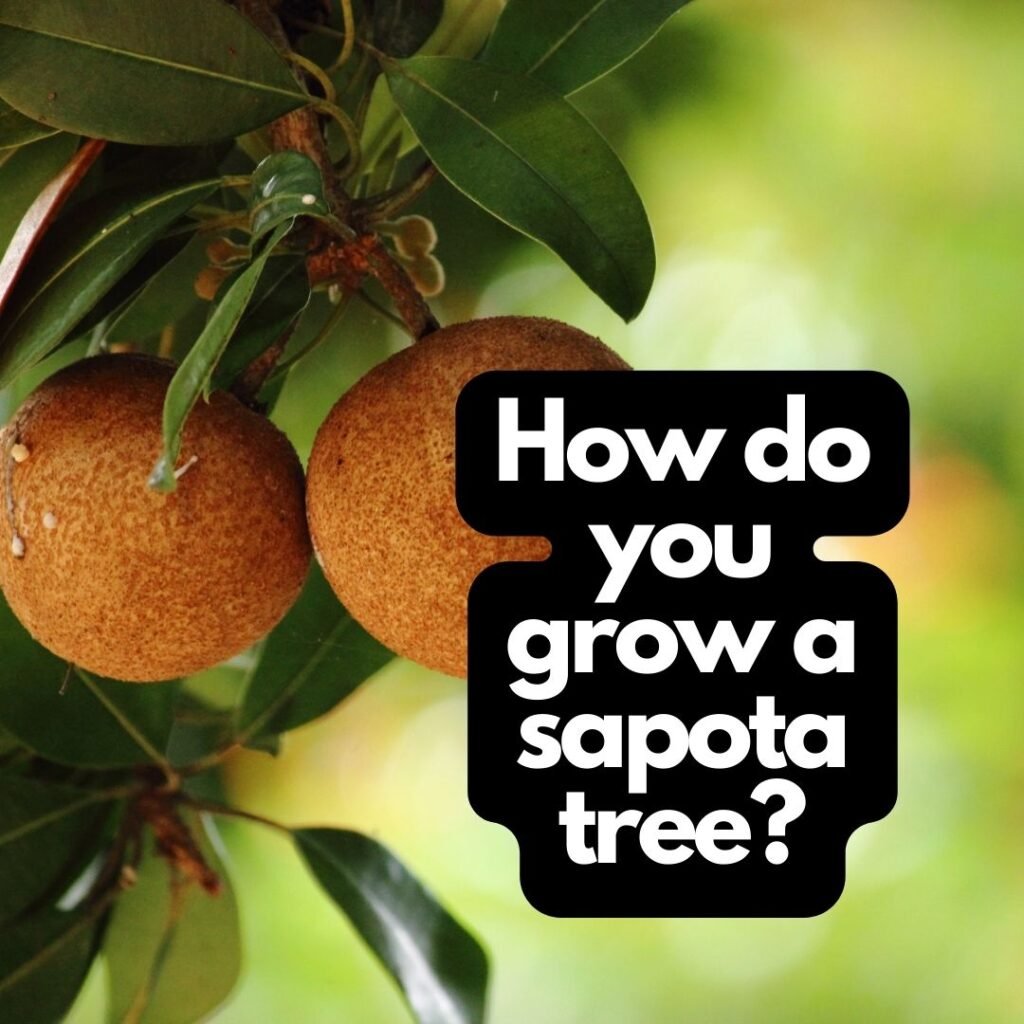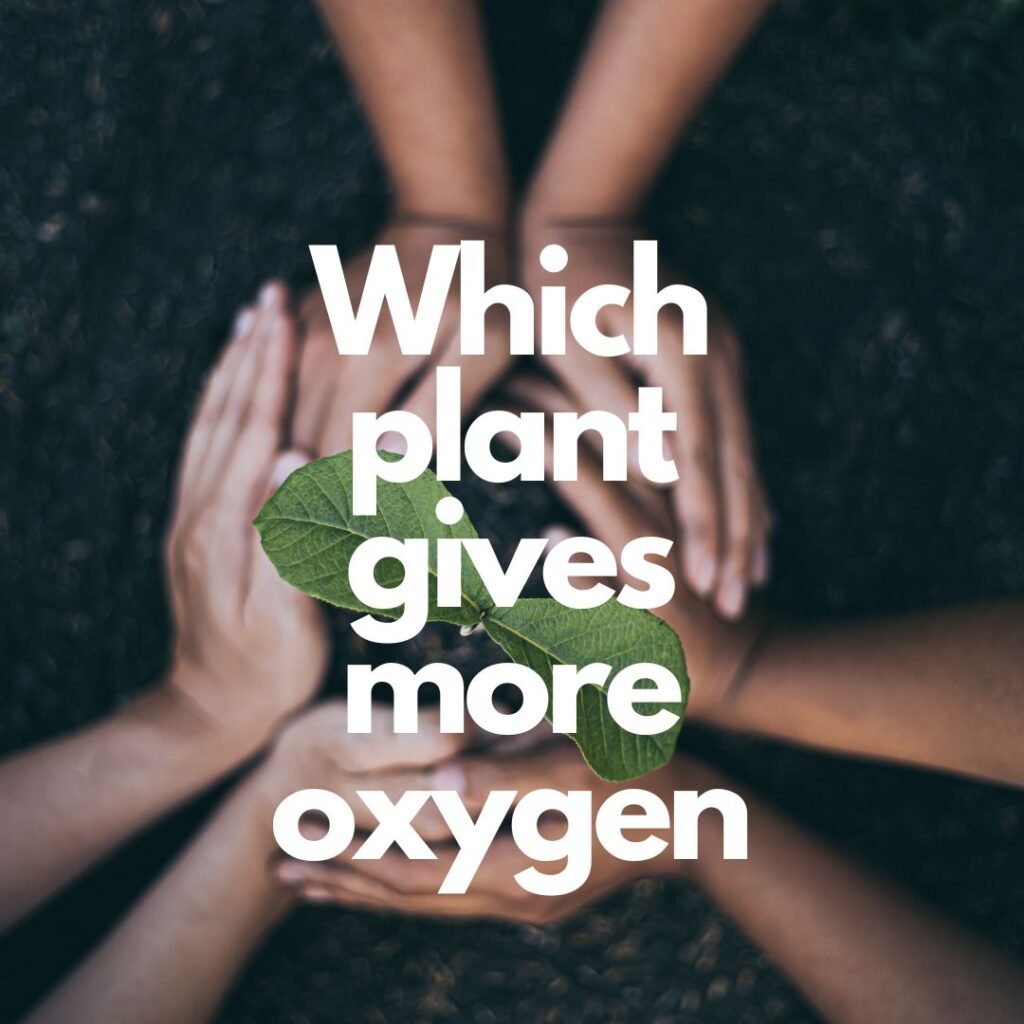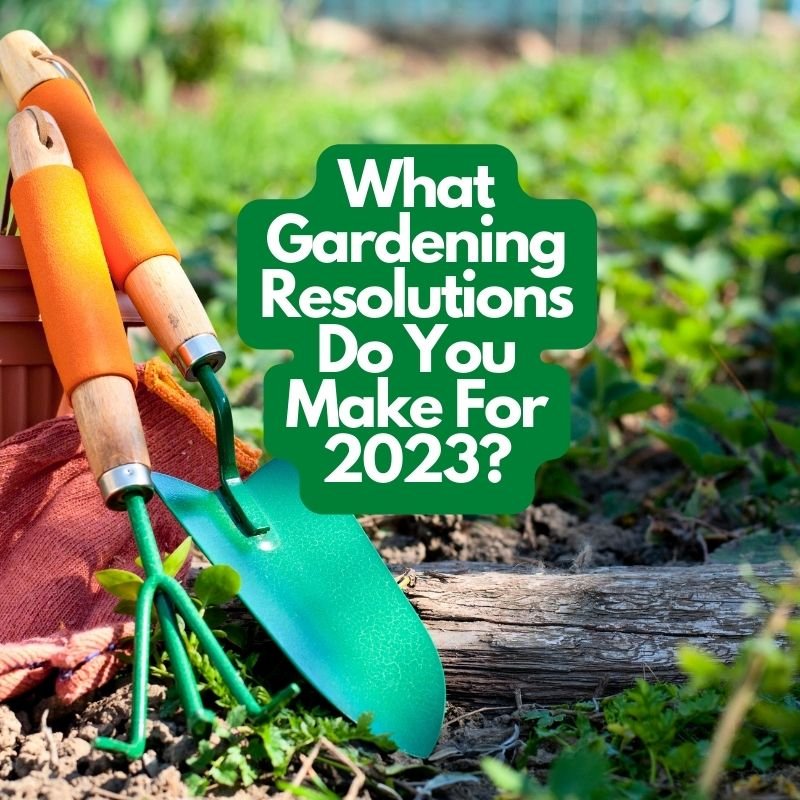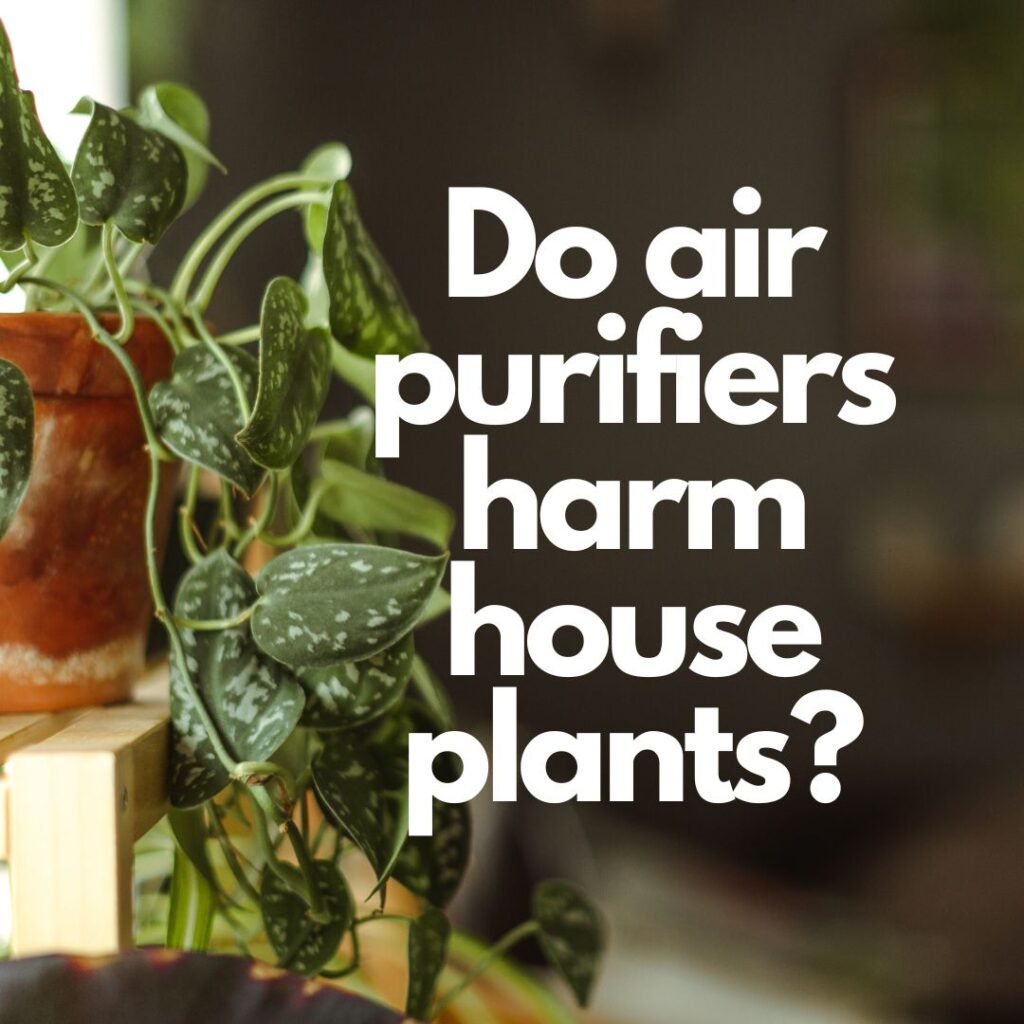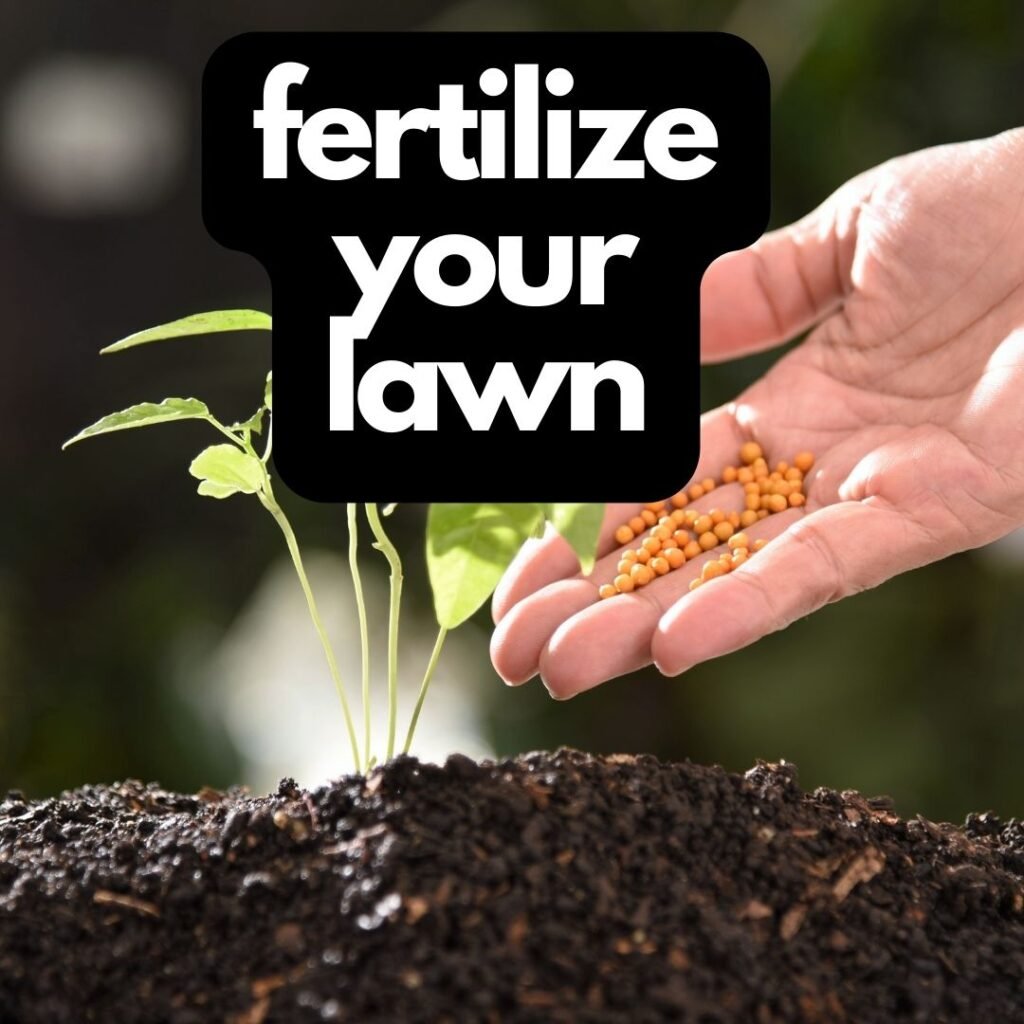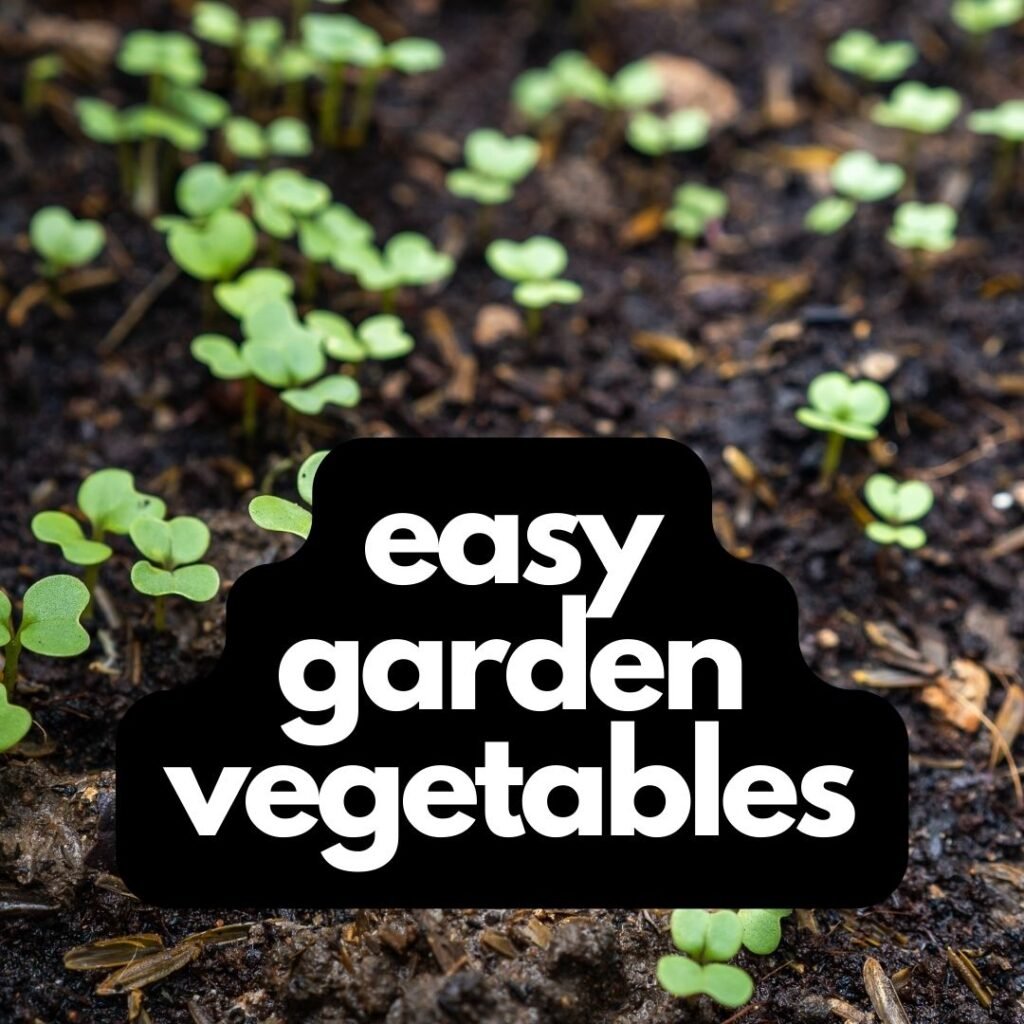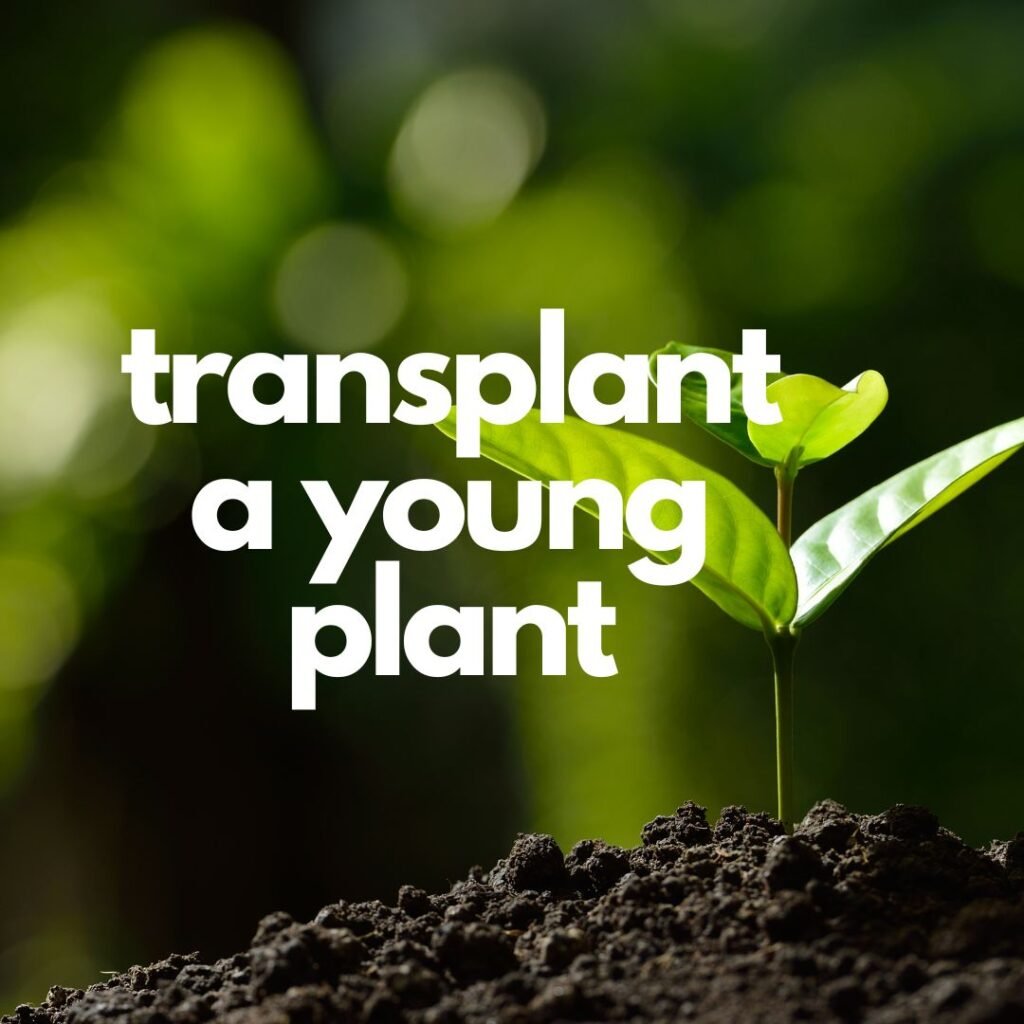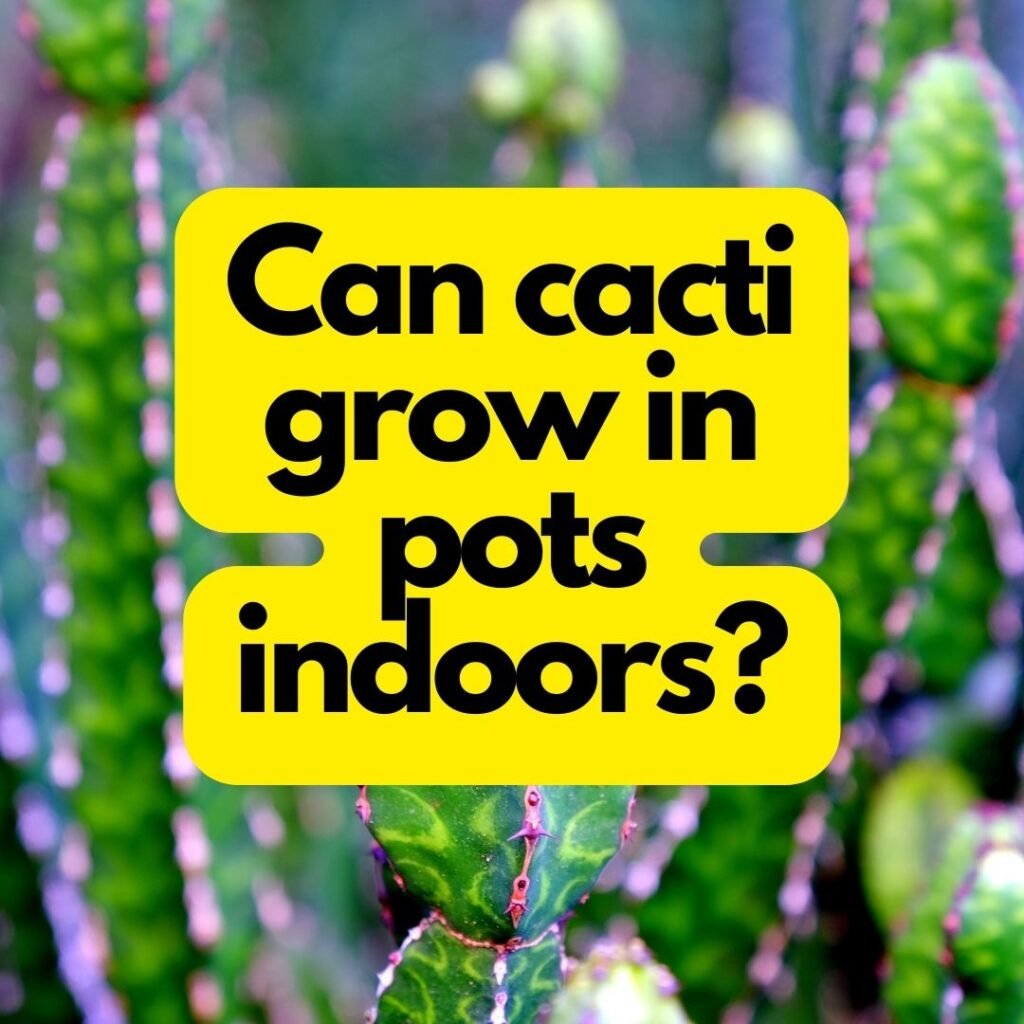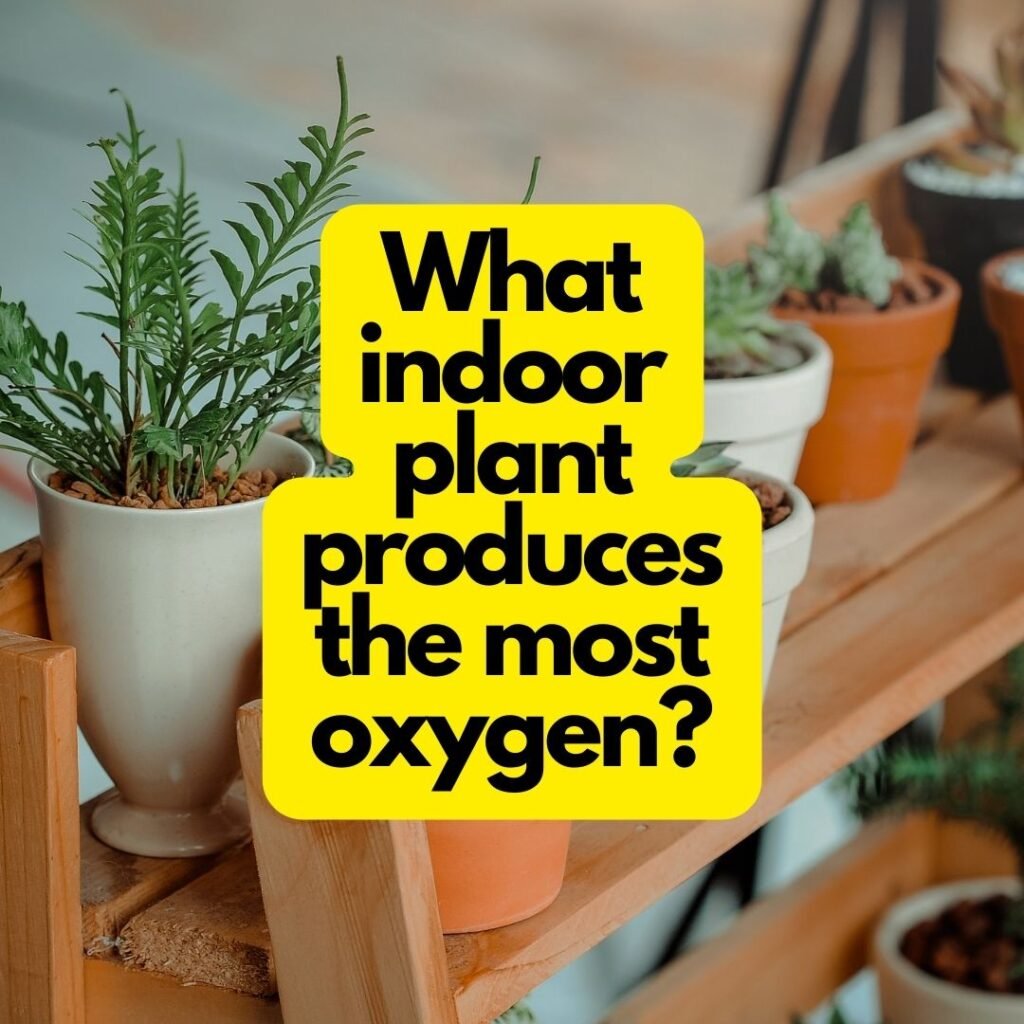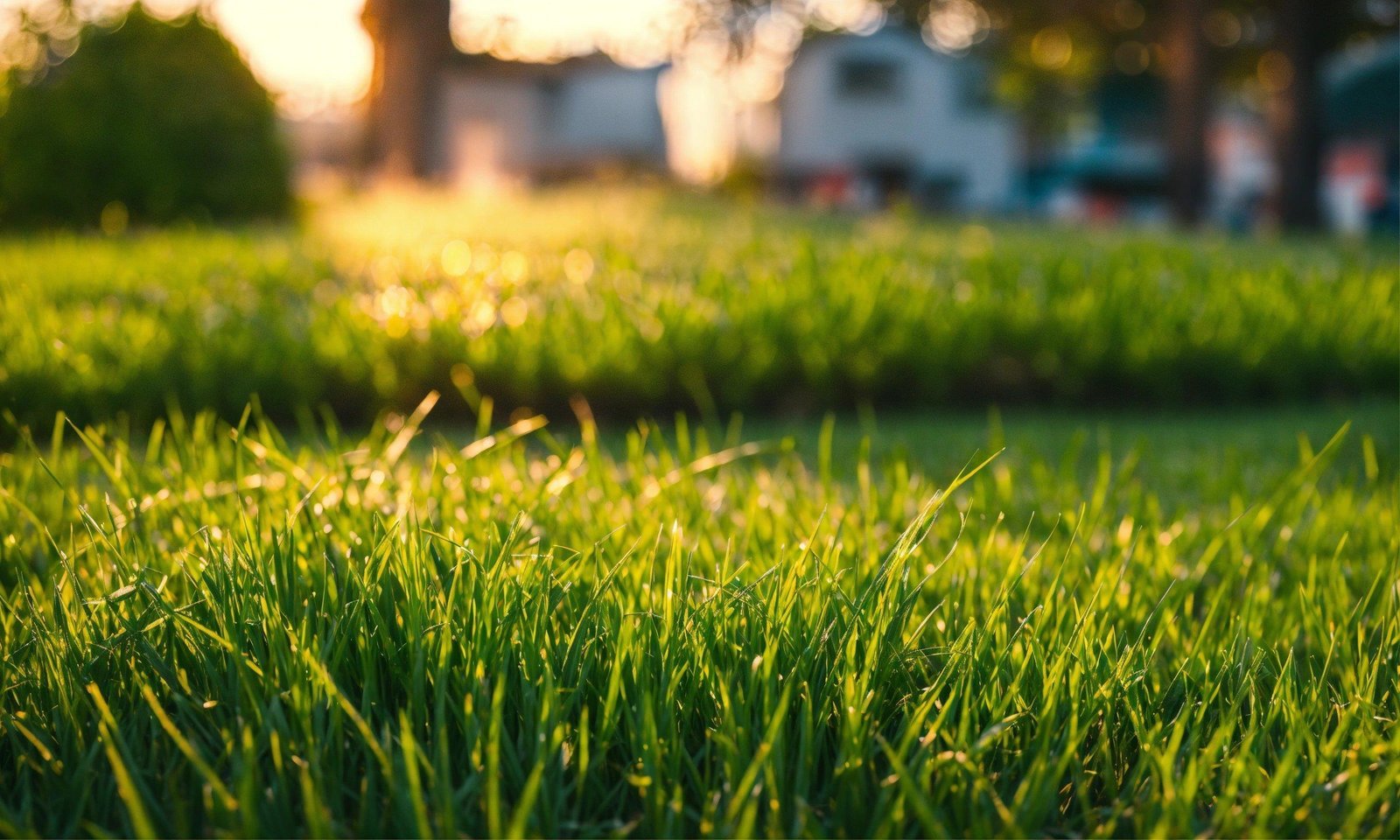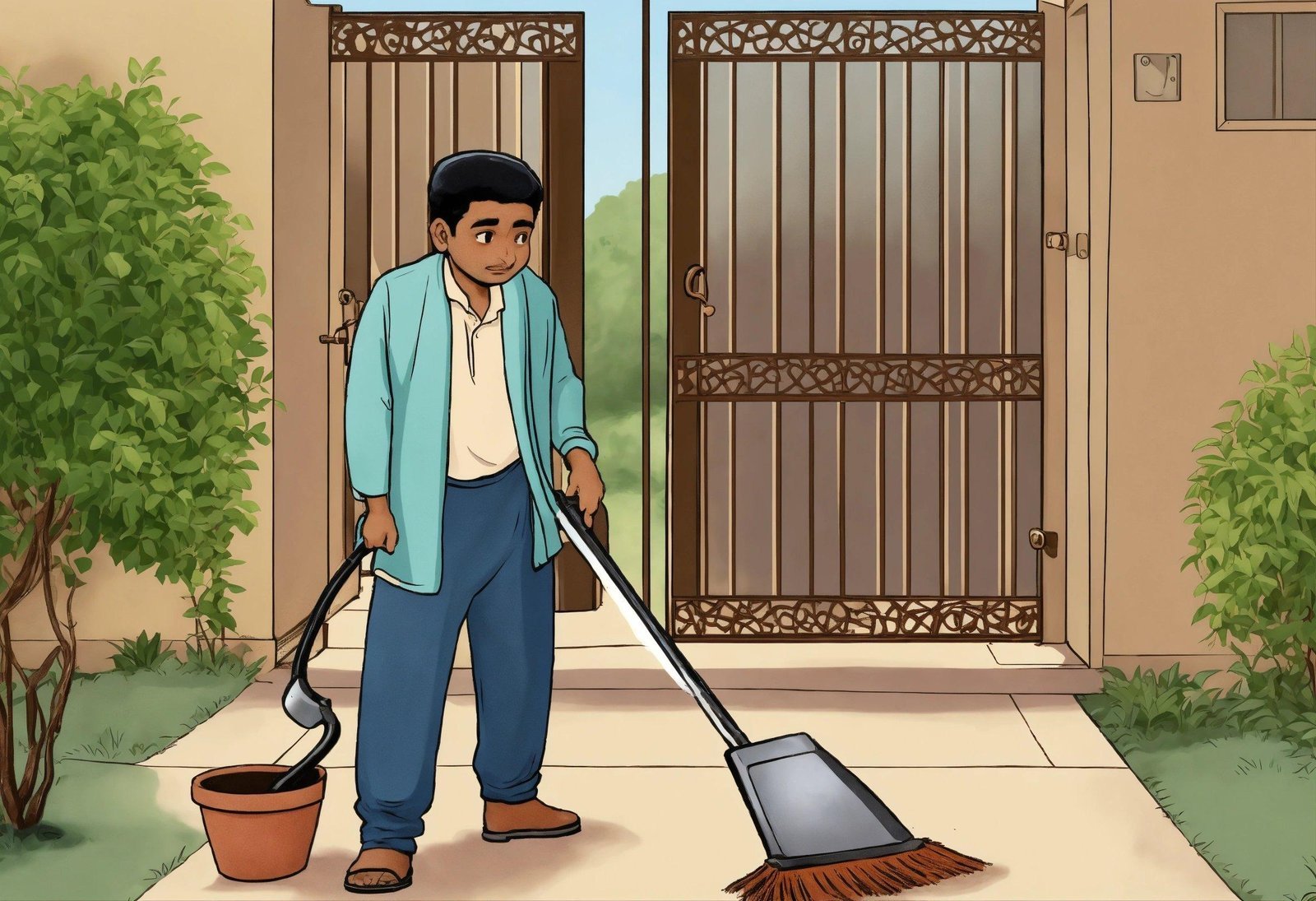9 Things You Didn’t Know About Planting Seeds
Planting seeds is a fun and rewarding activity that can bring joy to anyone who takes the time to try it. But did you know that there’s a lot more to planting seeds than meets the eye? From the right soil mixtures and temperatures to when and how you should harvest your crop, these are 9 things you didn’t know about planting seeds. With this knowledge in hand, you can feel confident that your next garden will be one of your best yet!
Seeds come in all shapes, sizes, and colors
Seeds come in all shapes, sizes, and colors. They can be as small as a grain of sand or as large as a tennis ball. Seeds can be round, oval, or oblong. They can be black, brown, tan, white, red, or green.
Seeds are the part of the plant that contains the embryo—the young plant that will grow into a mature plant. The embryo is surrounded by a protective covering called the seed coat. The seed coat protects the embryo from drying out and from being eaten by animals.
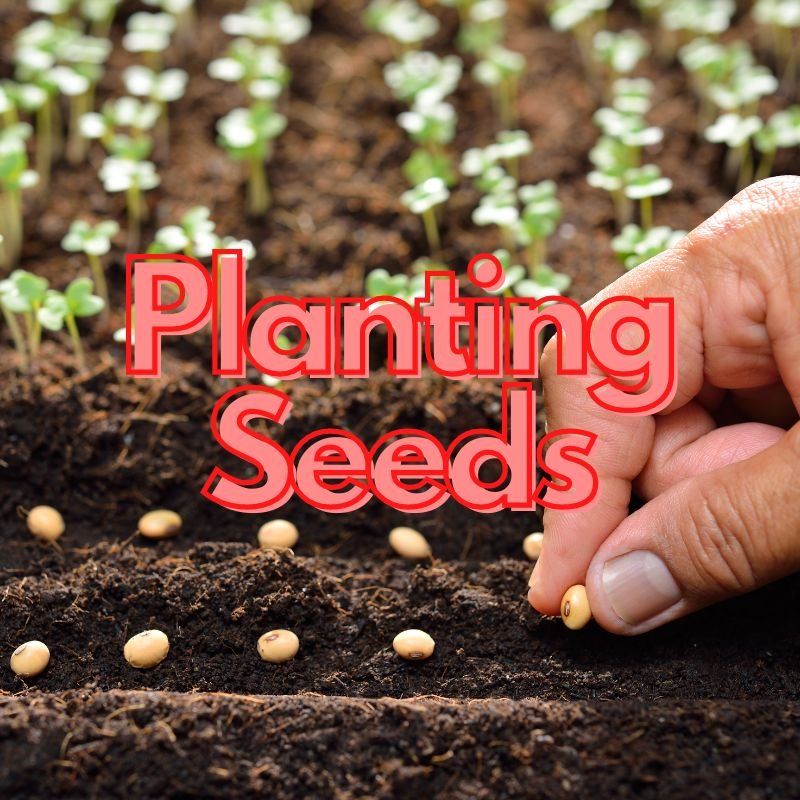
When a seed is ripe, it falls to the ground and begins to grow into a new plant. But before it can start growing, the seed must first go through a process called germination. Germination is when the seed absorbs water and starts to sprout—the first step in growing a new plant!
Seeds are living things
Seeds are living things. They contain all the information necessary to grow a new plant. When you plant a seed, you are essentially giving it the opportunity to sprout and grow into something new.
But did you know that there is more to planting seeds than just placing them in soil and giving them water? In fact, there is a whole process that goes into ensuring that your seeds have the best chance of germinating and growing into healthy plants.
Here are some things you may not have known about planting seeds:
- Seeds need oxygen to germinate.
If you’ve ever placed a seed in water and noticed it floating, that’s because it needs oxygen to germinate. When you plant seeds in soil, they need access to oxygen so that they can begin the process of germination. Without oxygen, they will simply rot.
- Seeds need light to germinate.
Many people mistakenly believe that seeds need darkness to germinate. However, most seeds actually need light in order to sprout. The reason for this is that light helps trigger certain growth hormones in the seed that help it break out of its shell and start growing roots and leaves.
- Seeds need warmth to germinate.
Seeds need three things to grow – water, air, and warmth
Seeds need three things to grow – water, air, and warmth. All three of these elements are necessary for the seed to germinate, or sprout.
Water is necessary for the seed to absorb nutrients and begin growing. The amount of water a seed needs depends on the type of seed. Some seeds, such as those of cucumbers and tomatoes, can be soaked in water overnight before planting. This helps them to absorb enough water to begin growing.
Air is also necessary for the seed to germinate. The air around the seed must be moist in order for theseed to take in oxygen and begin growing.
Finally, warmth is necessary for the seed to germinate. The ideal temperature for most seeds to germinate is between 68-86 degrees Fahrenheit (20-30 degrees Celsius).
Some plants can’t grow from seeds
Some plants can’t grow from seeds. This is because they don’t produce seeds, or they produce seeds that don’t germinate. Examples of plant species that don’t produce seeds include mosses, liverworts, and hornworts. Ferns produce spores instead of seeds, and these spores can germinate to form new fern plants.
Certain cacti and succulents can only be propagated from cuttings or by division, as their seeds generally don’t germinate. Additionally, some trees (e.g., maples) need to have their seed coats nicked or scratched in order for them to start growing.
Seeds can be saved and planted again next year
Did you know that you can save your seeds and plant them again next year? This is a great way to keep your favorite plants going, and it’s also a great way to get new plants for free! All you need to do is collect the seeds from your plants at the end of the season, and then store them in a cool, dry place until spring. Then, when it’s time to plant again, just sow the seeds and enjoy your new crop!
Some plants produce more seeds than others
Most plants produce hundreds or even thousands of seeds, but some plants produce more seeds than others. The record for the most seeds produced by a single plant belongs to the coca plant (Erythroxylon coca), which can produce up to 2.5 million seeds per year. Other high-seed-producing plants include the breadfruit tree (Artocarpus altilis), which can produce up to 400,000 seeds per year, and the ginkgo tree (Ginkgo biloba), which can produce up to 40,000 seeds per year.
While most plants produce seeds in abundance, there are a select few that stand out in comparison. The coca plant takes first prize in seed production, with a whopping 2.5 million seeds per year! The breadfruit tree comes in second, able to generate 400,000 seeds each year while the ginkgo tree falls into third place with 40,000 seeds annually.
You can eat some seeds!
Yes, you can eat some seeds! In fact, there are a number of seeds that are edible and offer a range of nutritional benefits. For example, flaxseeds are a good source of omega-3 fatty acids, while pumpkin seeds are rich in antioxidants and minerals like zinc and magnesium. So, next time you’re looking for a healthy snack, reach for a handful of seeds instead of unhealthy junk food!
There are different ways to plant seeds
Different seeds have different requirements for planting. Some need to be planted directly in the ground, while others need to be started indoors and then transplanted outdoors. still others can be started in water. The best way to determine how to plant a particular seed is to read the package or consult with a gardening expert.
When planting seeds directly in the ground, it is important to make sure the soil is loose and well-drained. The depth at which the seed should be planted also varies by type; small seeds should only be planted shallowly, while larger seeds should be planted more deeply. Once the seeds are in the ground, they should be watered regularly.
Starting seeds indoors is a good option for those who want to get a jump on the growing season. Seeds can be started in pots filled with potting mix, or in peat pots that can be transplanted directly into the ground later on. When starting seeds indoors, it is important to provide them with plenty of light; a south-facing window is ideal. The temperature of the indoor growing area should also be monitored; most seeds germinate best at warm temperatures between 70 and 75 degrees Fahrenheit.
Growing seeds in water is another option for starting them indoors. This method is best suited for fast-growing plants such as lettuce and radishes. To grow seeds in water, fill a bowl or container with lukewarm water and add the seeds. Keep an eye on the water level and add more
Conclusion
Planting seeds is an enjoyable and rewarding activity. It’s a great way to get in touch with nature, create something beautiful, and nourish your soul. Hopefully, this article has provided you with some helpful insight on the process of planting seeds that you didn’t know before. Now that you understand the basics of seed planting, why not give it a try? You might be surprised at how fulfilling it can be!
How To Treat A Dog With An Ear Infection
- Helpful commonly asked questions on gardening 2022
- The 10 Best Gardening Tips To Try Out This New Year
- When is the best time to transplant a young plant?
- Can cacti grow in pots indoors?
- What indoor plant produces the most oxygen?
